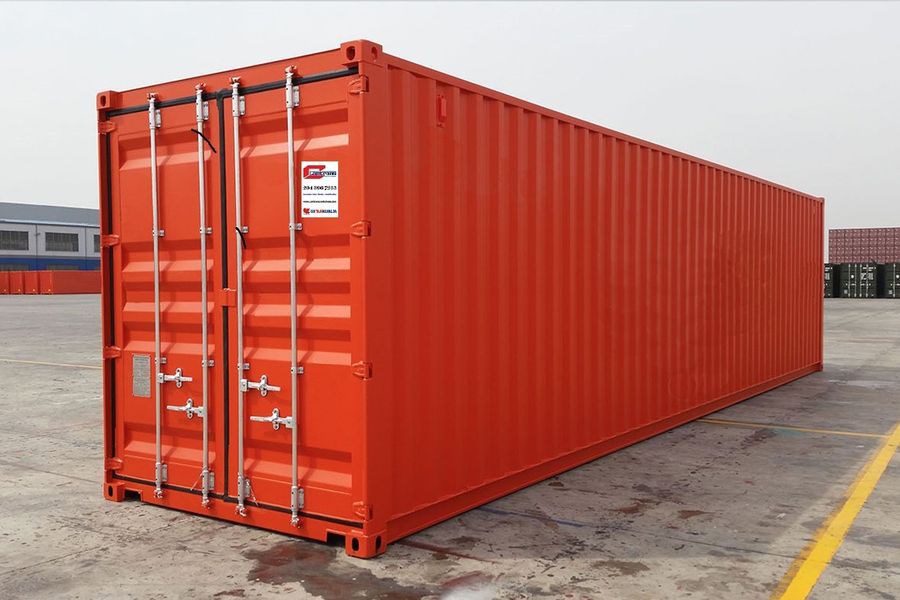The seacans have finally landed.
After two months of consultations, revisions, and tweaks, Yorkton City council has approved of a change to a bylaw regarding shipping containers (also known as seacans).
Council voted on the matter during their Jun. 25 meeting. The bylaw change passed unanimously.
“We’re ready to roll with the amendments to the zoning bylaw,” said Michael Eger, Director of Planning, Building, and Development with the City of Yorkton.
The revised bylaw will allow shipping containers to exist in certain sections of the city, with a few caveats and rules.
“We’re treating them like buildings,” Eger said. “Before they were living in a no-man’s land.”
The seacans debate began in April when the Saskatchewan Building Standards Branch issued an advisory that seacans must be considered buildings if they are no longer being used for their original purpose. This advisory meant Yorkton had to update its bylaw to be in compliance with the province.
Eger and his team tabled a change to the zoning bylaw to the council, which agreed to send it out for community feedback.
Eger’s group mailed out forms about the bylaw change to businesses that use seacans. They also advertised the alteration in Yorkton This Week and through other platforms. They received minimal feedback.
“Sometimes no news is good news,” Eger said.
The bylaw change returned to council in May and early June. Councillors suggested amendments and asked for more time so the public could weigh in. Finally, on Jun. 25, council approved of the final proposal.
“I think it’s a good piece of bylaw,” said councillor Aaron Kienle.
The change (officially known as Bylaw No. 8/2018) to Zoning Bylaw No. 14/2003 strictly outlines shipping containers as the intended focus (similar objects such as trailers are not included).
As before, secans may be temporarily placed in any zoning district for construction, renovation, or loading/unloading purposes. They may not be located in a sight triangle (a triangle at an intersection), obstruct pedestrian or vehicle right-of-way, or be vertically stacked. Seacan owners will have to pay fees to keep their containers in one spot. These fees grow the longer the seacans stay in place.
The main changes involve zones C-1 (City Centre Commercial) and C-2 (Arterial Commercial). These areas can now only have one seacan per site.
Storm management requirements will only apply when there are two or more containers in a site.
Financially, the biggest change involves the development fee to place a seacan in Yorkton. After twelve months of residency, seacan owners will have to pay $500 per month.
Now the bylaw has been amended, Eger anticipates more paperwork as Yorkton adjusts to the changes.
“A lot of businesses have [seacans],” he said “We have upwards of 200 shipping containers in place.”




